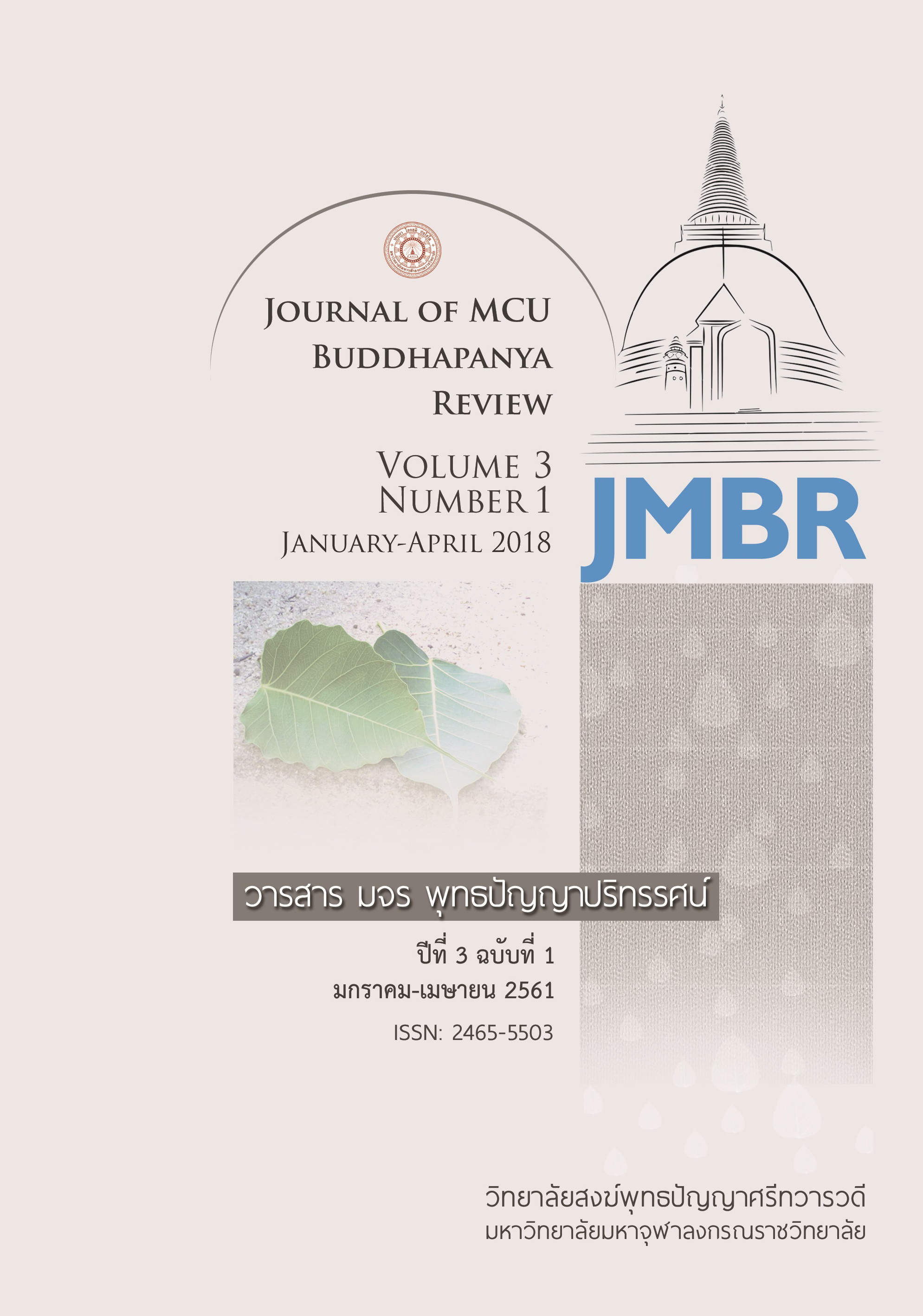Miind and Enlliightenment iin Buddhiism
คำสำคัญ:
Enlliightenmentบทคัดย่อ
This paper explores the relationship of Citta (Mind), Cetasika(Mental Concomitants) and Nibbāna (Enlightenment) based on Abhidhamma and related Buddhist literature. It explains how the mind is formed and works toward the realization ofNibbāna or Enlightenment. It points out the essential roles of the mental concomitants in the arising of the states of mind. There are seven mental concomitants or cetasika that are common to every consciousness: (1) Contact (phassa), (2) Sensation (vedana), (3) Perception (sanna), Volition (cetana), (5) One-pointedness of mind (ekaggata), (6) Faculty of life (jivitindriya) and Attention (manasikara). They are invariably present in all types of consciousness. They bear equal responsibility for the arising of any consciousness. As regards Nibbāna,there are four stages of enlightenment: the stages of the sotāpanna (streamwinner), the sakadāgāmī (once-returner), the anāgāmī (no-returner) and the arahat. At each of these stages, the lokuttara kusala citta, the magga-citta, arises which experiences nibbāna and eradicates defilements. The sotāpanna, the ariyan who has attained the first stage of enlightenment, has eradicated “ditthi” completely, so that it can never arise again, but he has not eradicated all defilements. Defilements are eradicated stage by stage and only when arahatship has been attained all defilements have been eradicated.Also, in this presentation, two types of meditation: Samatha and Vipassana, have been compared as the means to attain the highest spiritual achievement, Nibbāna, through the applications of the Four Noble Truths and the Eightfold Path.



